Brightly colors and patterned textiles were one of the first things I noticed when arriving to Pisac. As our first daytime outing after arriving to Cusco the night before, it left a beautiful impression on me. The traditional cloths and clothing that were certainly lively, but even the children not dressed traditionally still wore bright colors. A little boy happily running around his mother wore a vibrantly hot pink jacket, refreshingly oblivious to western notions of “masculine/feminine.”
While modern mass-produced clothing and wares are finding their way into the Andes, the Centro de Textiles Tradicionales del Cusco is helping to keep traditional, time-intensive textile work alive and flourishing.
Its unassuming storefront displays fine handiwork; walking inside, the textiles are displayed along all the walls. In the center, women weavers are working on new pieces.
Inside, there’s a free Weaving Lives exhibit explaining some of the customs and traditions surrounding weaving and textiles. Here is how they describe the exhibit:
This exhibit celebrates traditional textiles of the Cusco region and the people who make and wear them, and the different stages in the weavers lives. The ancient, vital, and continuing tradition, these textiles are, by any standard beautiful and technically remarkable. They are profoundly meaningful, in terms of community and individual identity, life cycle, and cultural significance.
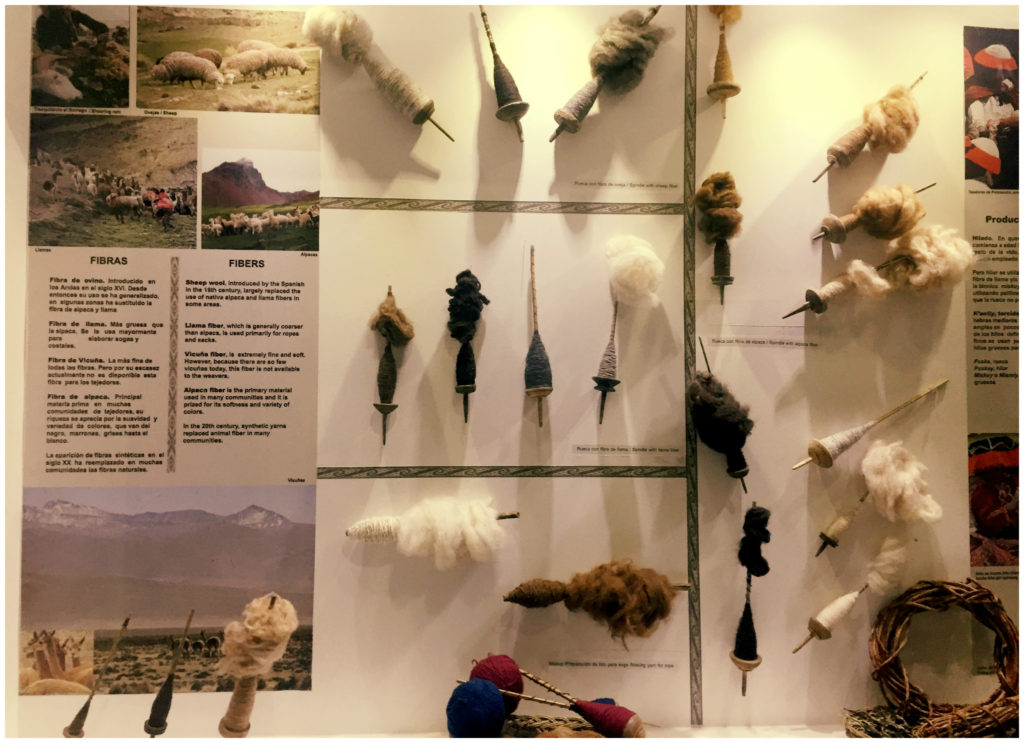
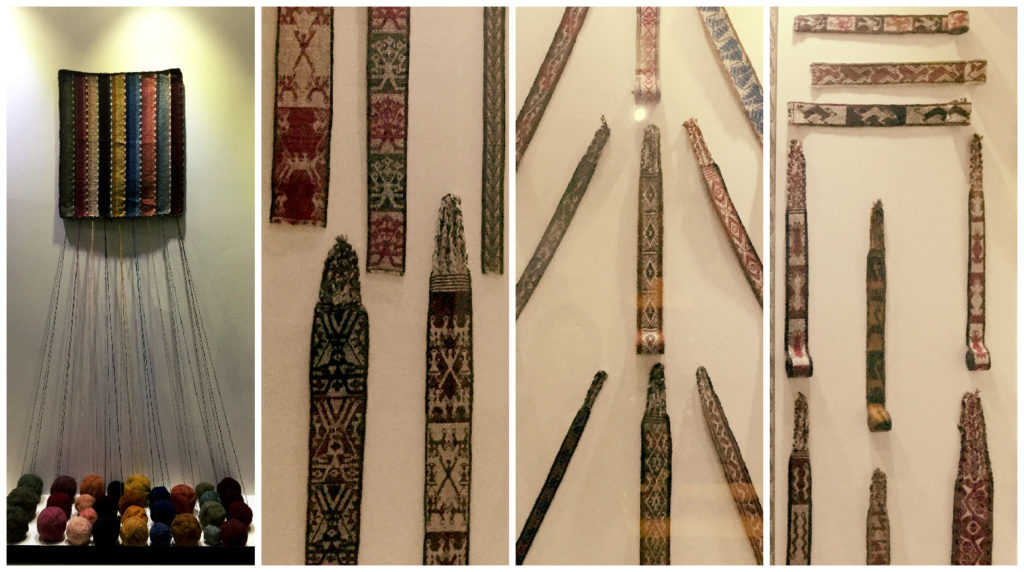
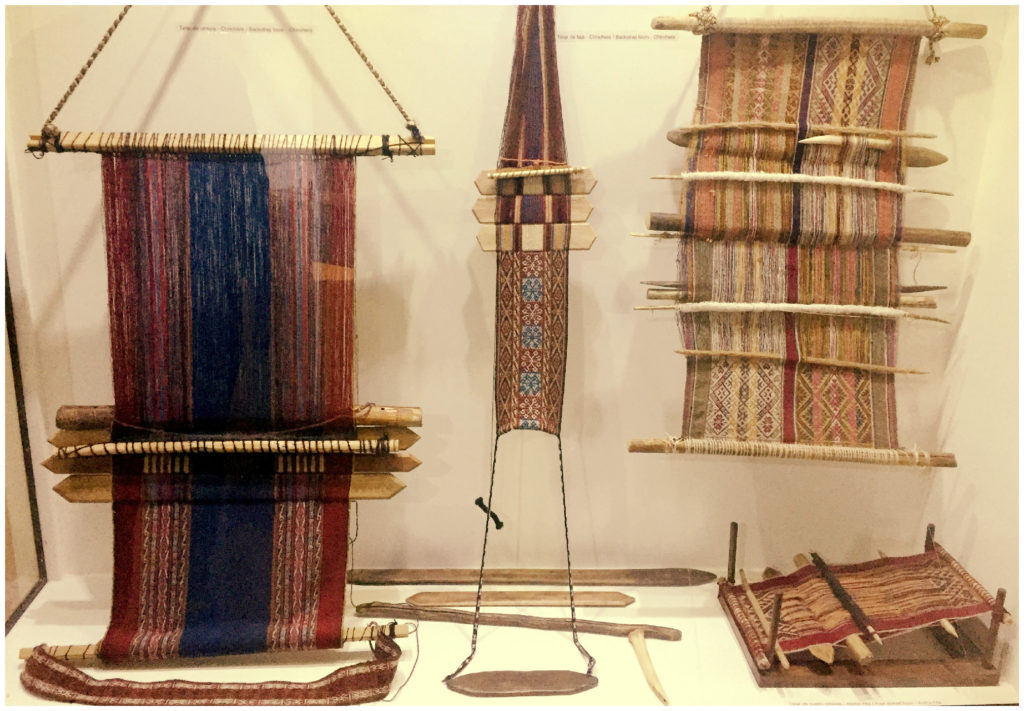
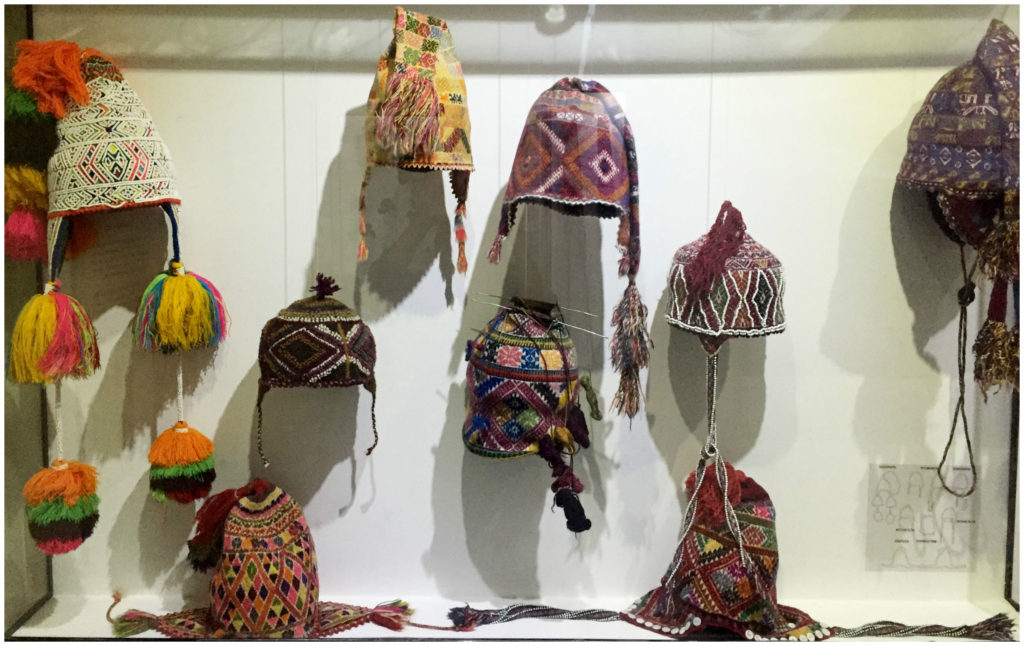

Aside from working to preserve the tradition and educate visitors on the processes and meaning behind these textiles, the center sells works for a fair price to ensure that the weavers can make a good living and continue their craft. The center also connects each piece to a story, with a picture of its artist, their birthday, and hometown. I thought I’d title this post first “women weaving” but realized that while all the weavers at the center were women that day, I did see a photo of a male weaver in some of the textiles I looked at up close.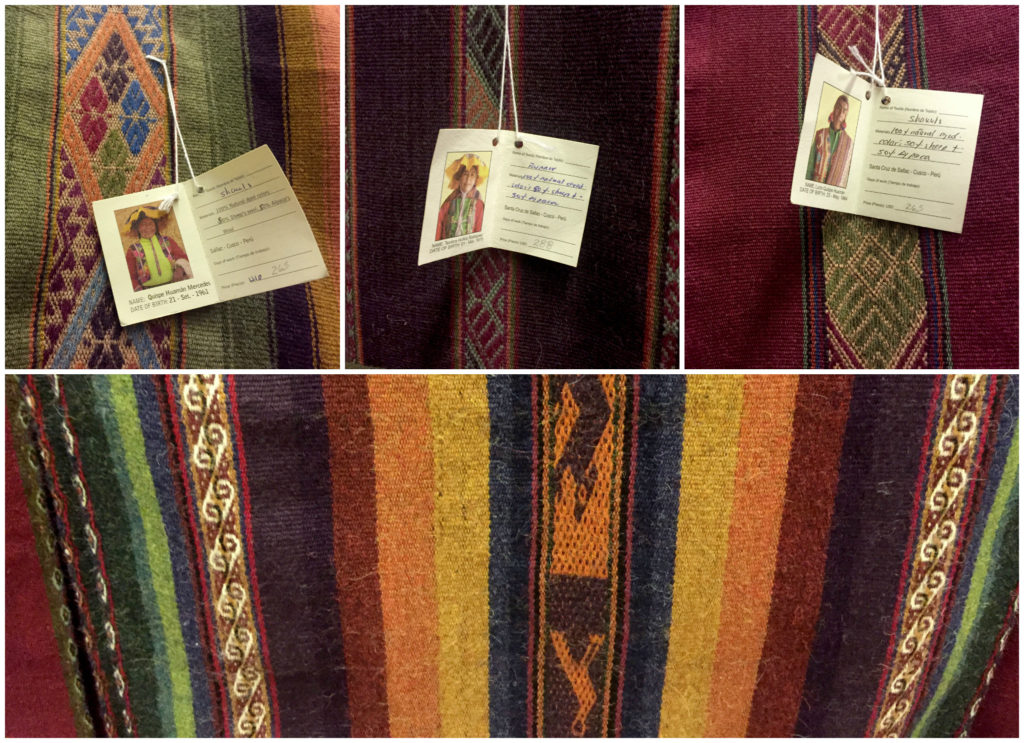
Up close, the intricate detail is more than impressive. From afar, the vivid artistry sets these textiles apart from your average mechanically-produced pieces.
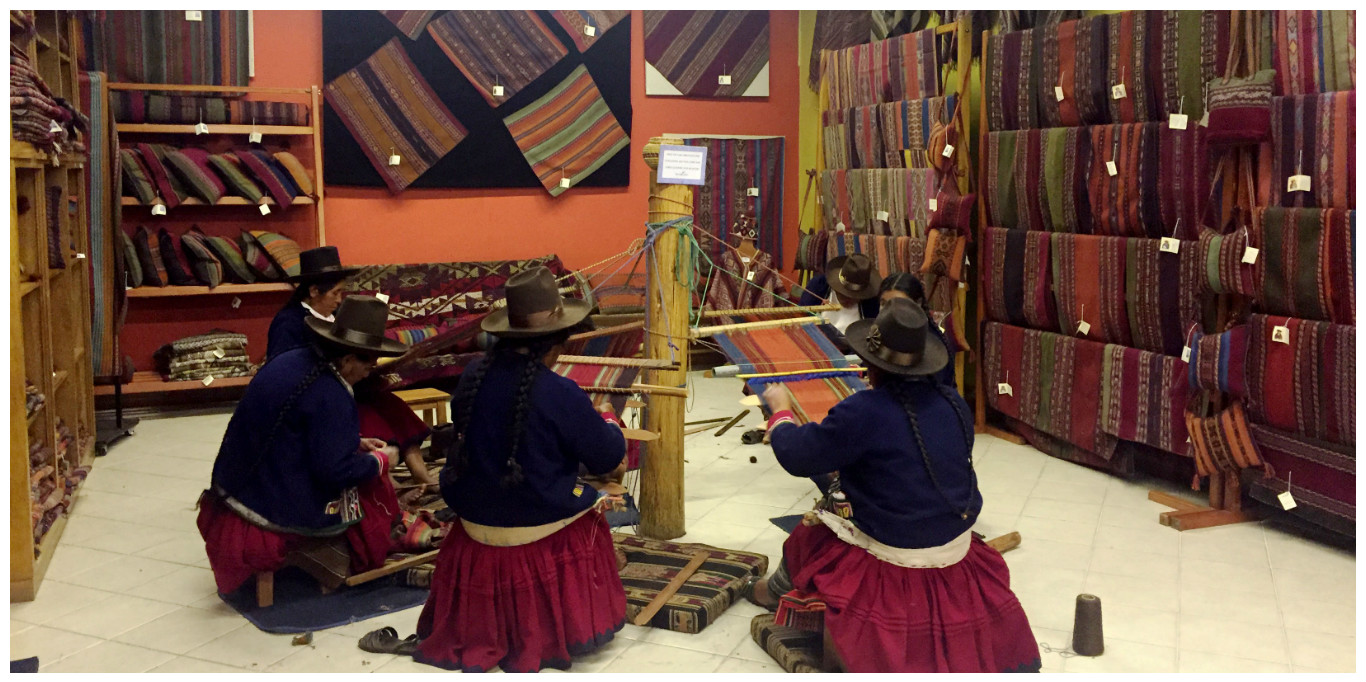
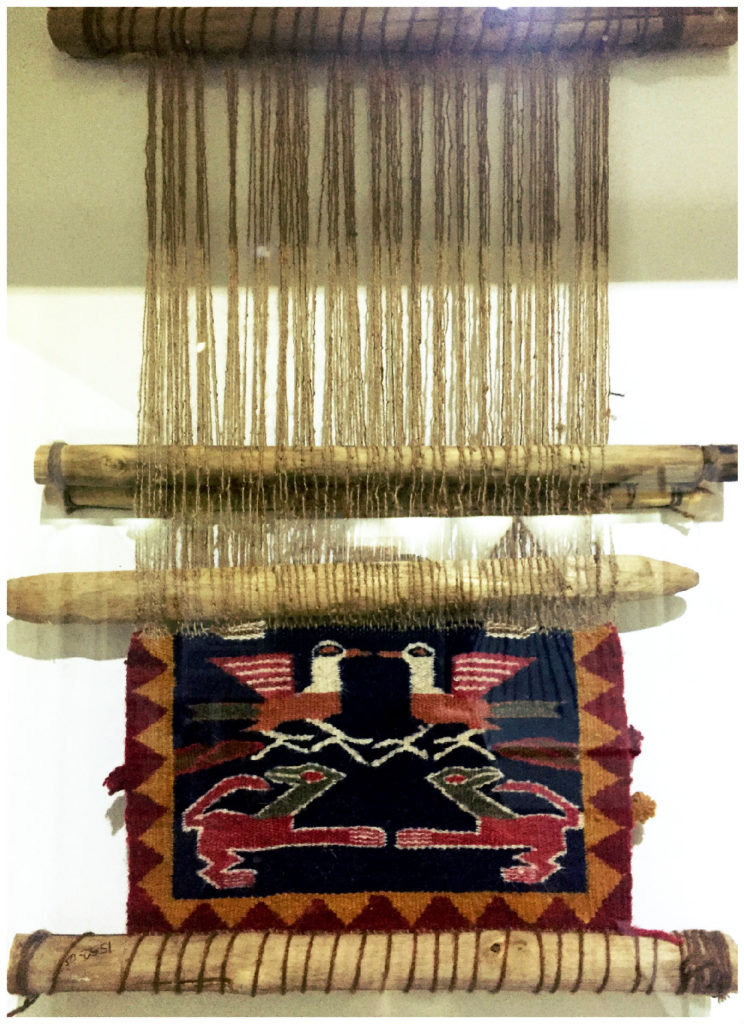
So wondeful the art craft and traditions are being kept alive and appreciated.